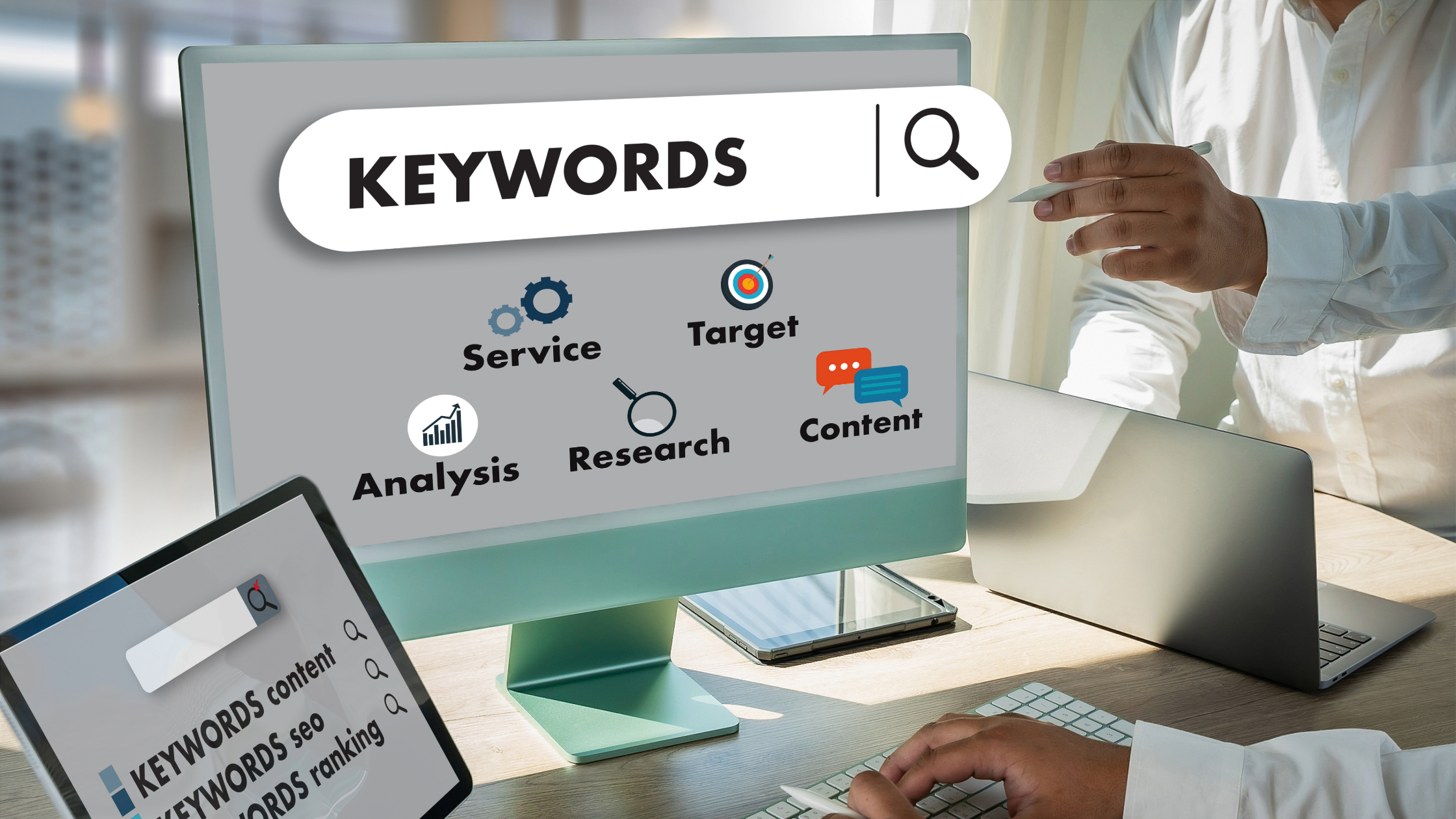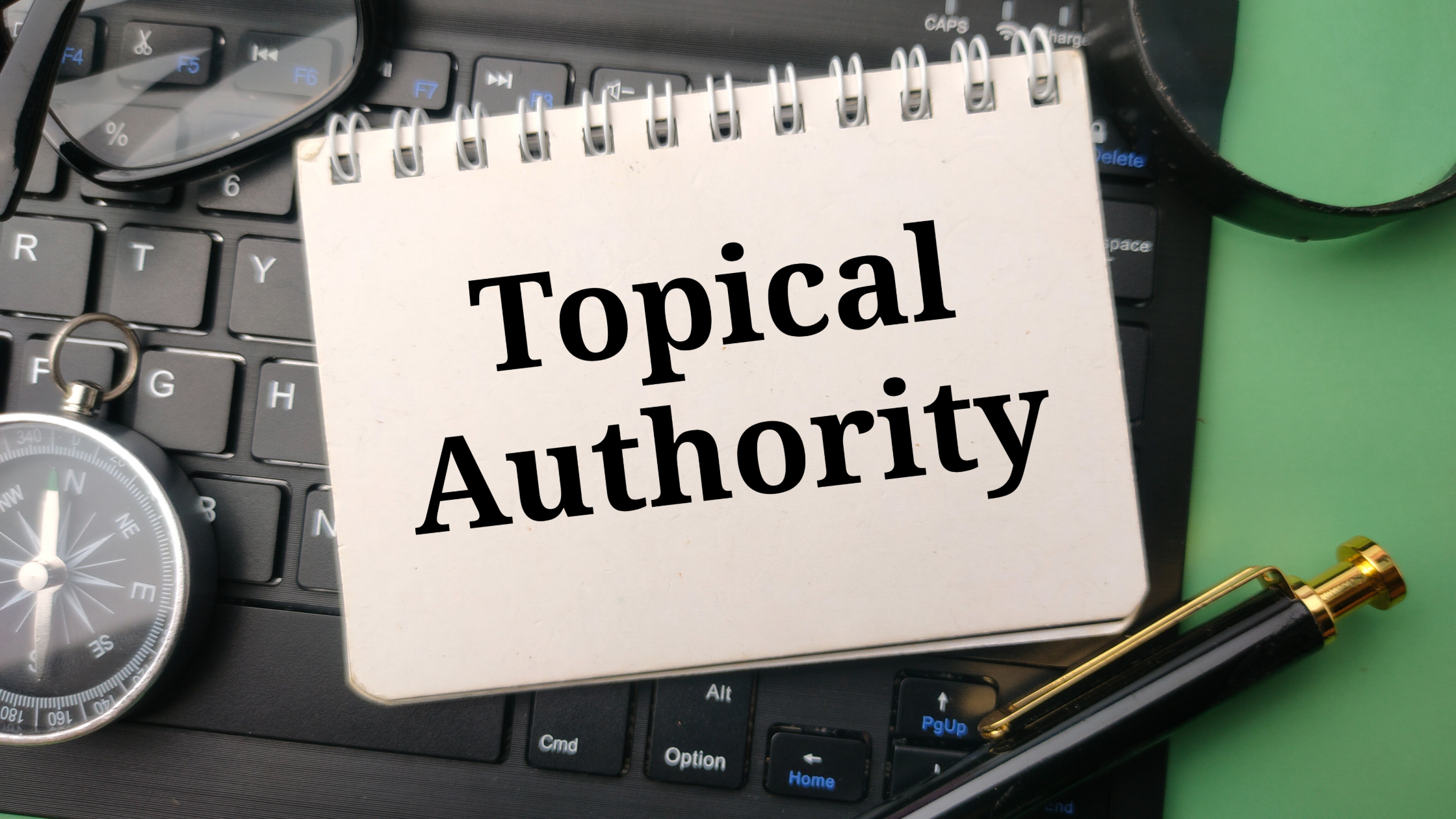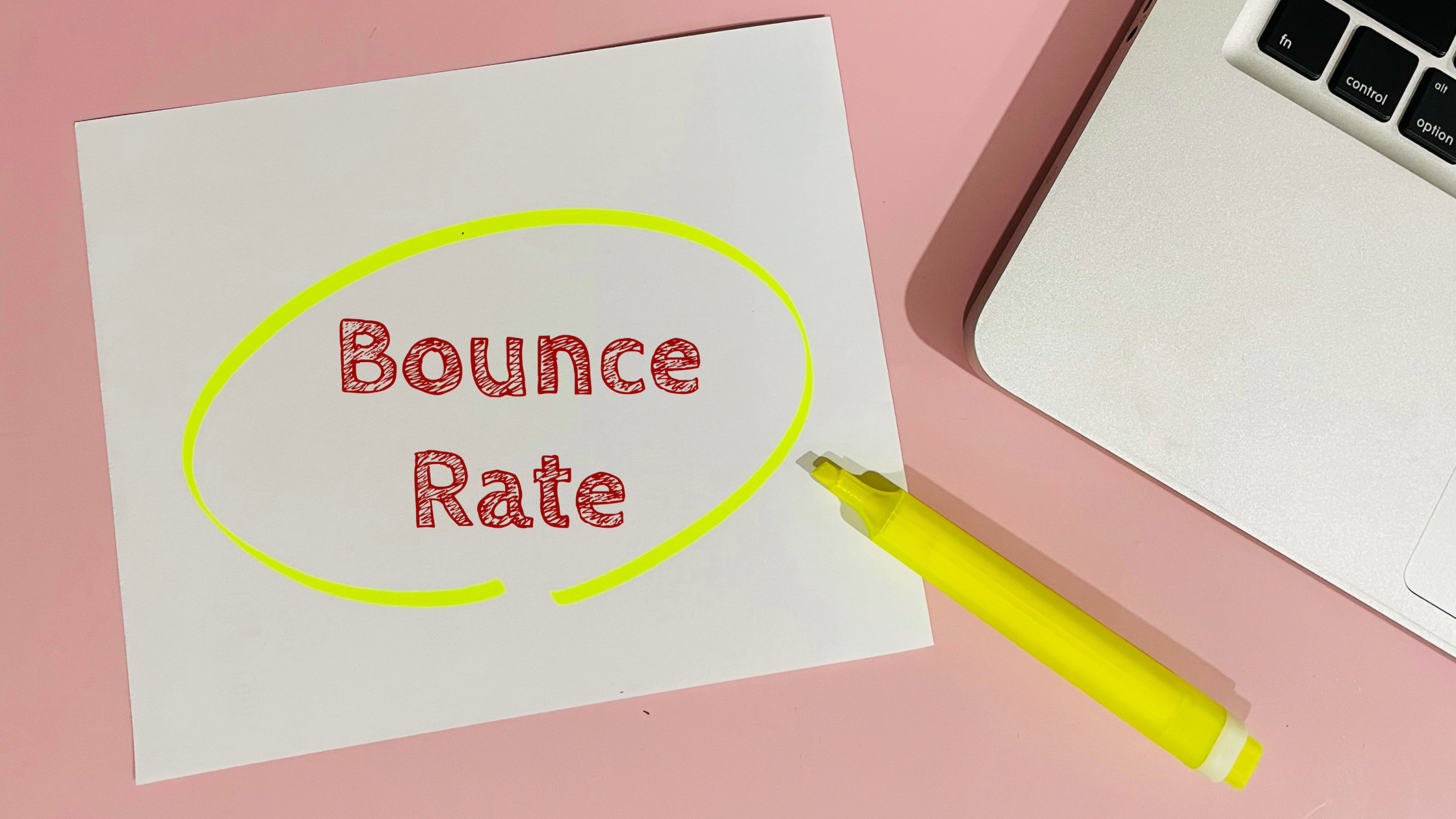What Are Toxic Backlinks and How to Remove Them
Backlinks are one of the biggest ranking factors in SEO, but not all links are good links. In fact, some can actively hurt your site’s reputation. These are called toxic backlinks, and if you’re not watching for them, they could be dragging down your rankings without you even knowing it.
What Is a Toxic Backlink?
A toxic backlink is a link from a low-quality, spammy, or suspicious website that search engines may see as manipulative or irrelevant. These links can raise red flags in Google’s algorithm and trigger penalties or ranking drops.
Examples include:
- Links from adult, gambling, or pharmaceutical sites
- Links from link farms or Private Blog Networks (PBNs)
- Massively repeated links from unrelated websites
- Paid links that violate Google’s guidelines
- Backlinks with over-optimized anchor text (e.g., exact-match keywords used excessively)
Why Toxic Backlinks Are a Problem
Google wants to reward natural, relevant links. If it thinks your backlinks are an attempt to game the system, your site could face:
- Manual penalties (via Google Search Console)
- Algorithmic drops in visibility
- Difficulty ranking for competitive keywords
If your traffic suddenly tanks or you receive a manual action notice, toxic backlinks might be the cause.
How to Identify Toxic Backlinks
You’ll need a backlink audit tool to get started. Here are a few trusted options:
- Google Search Console (free)
- Ahrefs
- SEMrush
- Search Atlas
Look for links with these red flags:
- Spammy domain names or foreign-language domains
- Low domain authority
- Irrelevant or suspicious content
- Sudden spikes in link volume from unknown sources
How to Remove or Disavow Toxic Backlinks
Once you’ve identified the bad links, here’s how to clean them up:
- Try contacting the site owner. Politely ask them to remove the backlink. It doesn’t always work, but it’s a good first step.
- Create a disavow file. Use Google’s Disavow Tool to tell Google which links you don’t want it to count against you.
Important: Only use the disavow tool if you’re sure the links are harmful. Misusing it can hurt your rankings.
How to Prevent Toxic Backlinks in the Future
- Stick to ethical, white-hat link-building practices
- Avoid buying backlinks or participating in link schemes
- Regularly monitor your backlink profile with a tool
The Bottom Line
Backlinks are powerful—but only if they’re clean. Keeping toxic links off your site is just as important as building good ones. A regular backlink audit and a smart cleanup process can help protect your rankings and keep your SEO efforts moving in the right direction.
news via inbox
Subscribe to get SEO Tips and Tricks directly in your inbox!








